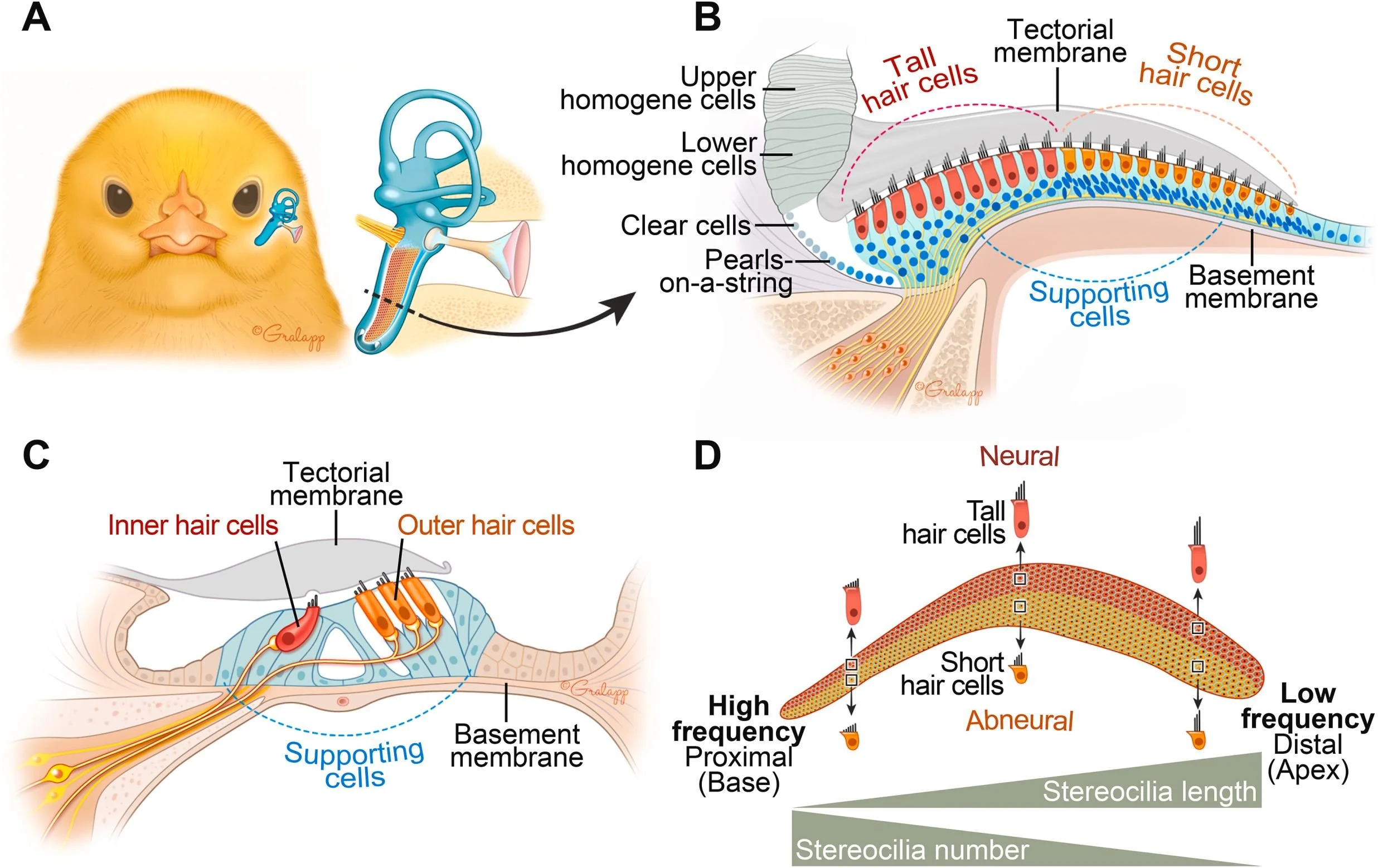Earwax on social media is a thing, so that’s why we are sharing this story—an oldie but still totally relevant goodie—on how to stop the swab and let earwax clean the ear itself.
By Jamie Morrison
Known by its medical term cerumen, earwax is a coating that keeps water, dust, and infectious agents from harming the skin inside of the ear canal. It also acts as a lubricant to keep the skin from drying out, and it possesses mild antibacterial and antifungal properties.
Ideally, earwax takes care of itself. “The number one thing to do with regard to earwax is to do nothing. The ears are one of God’s great self-cleaning devices,” says William H. Slattery III, M.D., an otolaryngologist at the House Ear Institute in Los Angeles.
The ear cleans itself thanks to glands located in the outer ear canal that secrete a waxy substance. This waxy substance combines with dead, dehydrated skin and any small foreign particles, preventing them from going deeper into the ear canal. The skin of the outer ear actually moves the earwax out of the ear at a gradual rate of about 1 1/3 inches per year. So earwax in a healthy ear will periodically flake off and fall out—that’s what it’s supposed to do.
There are two types of earwax: wet and dry. Which type you have is based on your genetic makeup. The color of earwax can also vary, with the dry variety typically gray and the wet typically brown. The consistency of earwax can range from nearly liquid to rock hard. Normally wax that’s been inside the ear canal for quite some time tends to be harder, but that is not necessarily problematic.
Fun fact: Earwax was once used by seamstresses to keep the ends of thread from fraying, and “The American Frugal Housewife,” in its 1832 edition, suggested earwax as a solution for chapped lips.
When Earwax Buildup Is a Bummer
If the ear is supposed to be self-cleaning, then why do many people seem to have problems with excessive buildup of earwax? Earwax issues are one of the top ear issues for primary care physicians. This is because many people try to address earwax buildup themselves at home, via over-the-counter solutions.
The main culprit causing earwax buildup is a cotton swab, Slattery says. “Anything you put in the ear tends to push the wax in farther.” Unfortunately, many people continue to use cotton swabs like Q-tips to try to clean their outer ears. “The most common reason we hear for this practice is that their mother taught them to do this,” he says.
Cotton swabs are mild compared with other things reportedly used to clear out earwax. Michael J. Olds, M.D., an otolaryngologist at the Spokane Ear, Nose and Throat Clinic in Spokane, Wash., lists pen caps, keys, and bobby pins as culprits. “Often this leads to an abrading of the ear canal, causing bleeding,” he says. Even worse than this sort of scraping is the possibility of puncturing the ear drum.
Of course, not all earwax problems are caused by putting cotton swabs or keys into the ear. Some people simply have narrow ear canals, which can prevent wax from exiting the ear normally.
Hearing aid and earplug users often struggle with earwax buildup because the devices push wax back into the ear canal. Older people may find that the natural process of earwax transporting itself out of the ear doesn’t work as well because their ear canal skin glands often produce increasingly solid earwax.
Symptoms that can indicate that a person has excessive earwax buildup include difficulty hearing, ear fullness, pain, tinnitus or ringing in the ear, itchiness, a discharge or odor from the ear, and dizziness.
How (and How Not to) Deal With Earwax
Keeping in mind that the best course of action with regard to earwax is to do nothing, Slattery believes that 95 percent of earwax complaints can be solved via two simple steps: “Don’t use Q-Tips. And put a small amount of baby oil or olive oil in each ear canal once a week,” or periodically as needed.
Ear candling, lately made hot (pun intended) by social media, can be particularly dangerous. It uses a hollow, cone-shaped candle that is inserted into the ear canal that, when lit at the other end, is supposed to create a suction effect that pulls excess earwax out of the ear canal. But the FDA has since 2010 warned against its use, many published papers have also warned against ear candling, as have medical institutions such as Mass Eye and Ear and the Mayo Clinic.
If earwax buildup is still causing pain, hearing loss, or other problems, consult a doctor.
Earwax Do’s and Don’ts
DO
Nothing. Ideally, the ear canal creates and gradually ejects earwax from the ear.
Wash the outside of the ear (but not the ear canal) with soap and water.
If you have excessive earwax buildup, it may help to put a drop of olive oil or baby oil in your ear canal once a week.
Use over-the-counter earwax removal kits only if your eardrum is intact.
See your doctor if olive oil, baby oil, or removal kits are not successful in removing impacted earwax, or if you experience difficulty hearing, ear fullness, pain, tinnitus or ringing in the ear, itchiness, a discharge or odor from the ear, and dizziness.
DON’T
Put anything smaller than your elbow in your ear, including cotton swabs, keys, pen caps, bobby pins, paper clips, or toothpicks.
Employ ear candling to remove earwax buildup. Studies show it to be ineffective and potentially dangerous to the ear canal.
Jamie Morrison wrote this for Hearing Health magazine. A filmmaker shares the surprising cause of his tinnitus in this related blog post.









This study shows that a single variant in the Foxg1 gene can affect how the brain processes sounds and lead to a heightened sensitivity to noise.